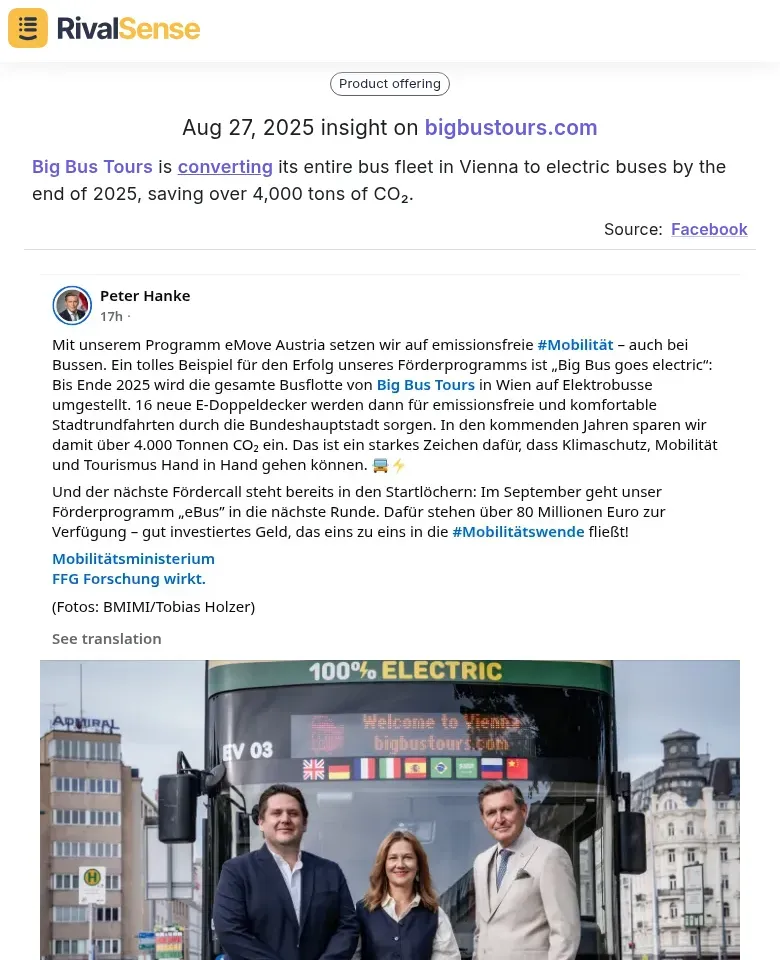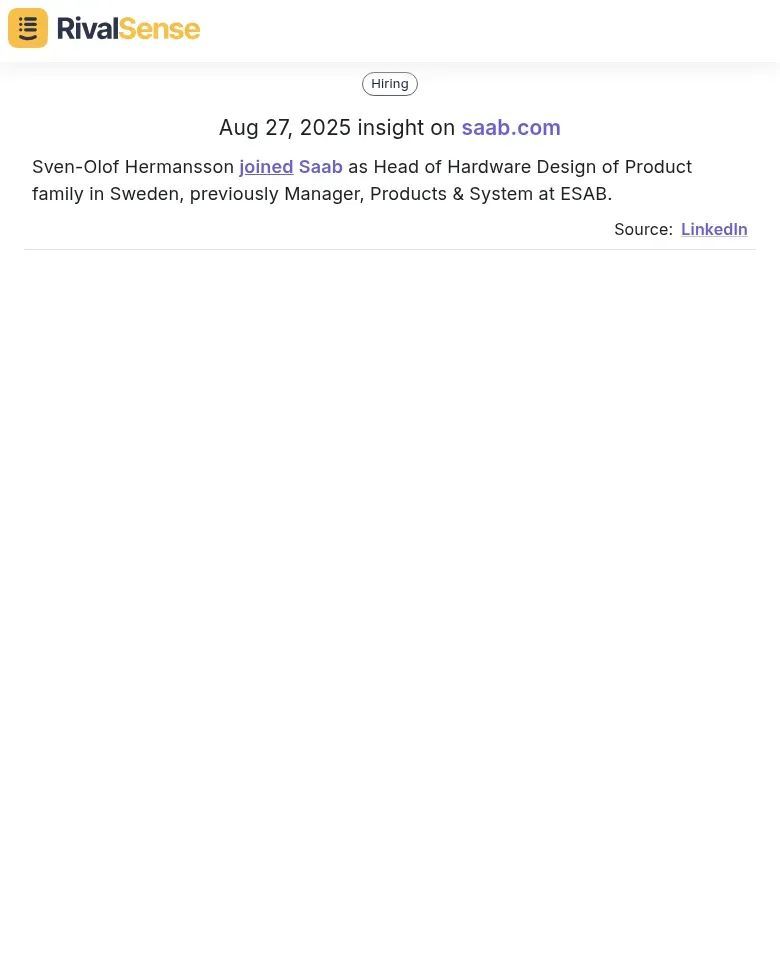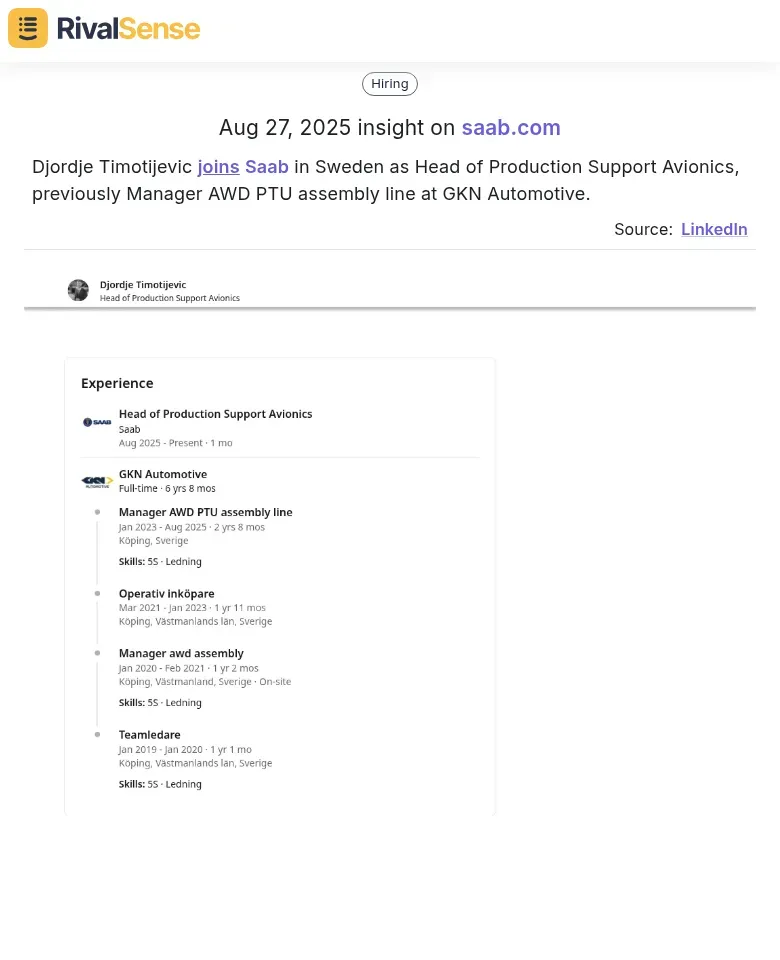5 Advanced HR Consulting Tactics to Transform Key Account Decision-Making
Advanced HR consulting transforms key account decision-making by strategically aligning human capital with account objectives. HR consultants serve as strategic partners, moving beyond administrative functions to drive competitive advantage through data-driven workforce planning and talent optimization. Research shows companies excelling at talent management earn 300% more revenue per employee than median firms.
Practical steps for alignment:
✅ Attend executive meetings to understand real-time strategic priorities
✅ Map HR programs directly to key account goals and KPIs
✅ Conduct joint HR-account planning sessions for synchronized strategies
✅ Use capability audits to identify skill gaps in account teams
✅ Implement internal mobility programs to rotate talent through key accounts
Advanced tactics include AI-powered workforce analytics for predictive talent needs, cross-functional team integration, and cultural intelligence training for global account management. This approach ensures your greatest asset—people—becomes your sustainable competitive advantage in key account relationships.
Data-Driven Workforce Analytics for Key Account Insights
Data-driven workforce analytics transforms key account management by providing predictive insights into talent needs. Start by integrating HR data from performance reviews, skills assessments, and engagement surveys to forecast workforce demands for strategic accounts. Use predictive analytics models to identify talent gaps—for example, analyze historical turnover patterns and project future skill shortages.
Practical steps:
1️⃣ Conduct quarterly skills audits for key account teams
2️⃣ Leverage AI tools to simulate scenarios (e.g., market shifts impacting talent needs)
3️⃣ Create alerts for critical skill gaps requiring immediate action
This approach ensures proactive talent planning, reduces hiring delays, and aligns workforce capabilities with account strategies, enhancing decision-making agility.
Strategic Workforce Segmentation and Prioritization
Strategic workforce segmentation is essential for optimizing HR resources in key account management. Start by categorizing account teams using a 4-tier framework: Strategic (high-value clients), Growth (emerging accounts), Maintenance (stable relationships), and Development (new opportunities). Prioritize HR investments using the 80/20 rule—focus 80% of resources on the top 20% of roles driving maximum client value.
Practical steps:
- Conduct a skills-gap analysis for each segment using performance data and client impact metrics
- Allocate training budgets proportionally: 50% to Strategic, 30% to Growth, 15% to Maintenance, 5% to Development segments
- Implement tailored retention programs: equity incentives for Strategic roles, career pathing for Growth positions, flexibility options for Maintenance teams
- Use a quarterly review cadence to adjust segmentation based on account performance and market changes
Checklist:
- [ ] Define segmentation criteria
- [ ] Map current talent to segments
- [ ] Calculate ROI per segment
- [ ] Develop customized HR initiatives
- [ ] Establish measurement KPIs
Real-World Example: Tracking Competitor Sustainability Initiatives

Big Bus Tours is converting its entire bus fleet in Vienna to electric buses by the end of 2025, saving over 4,000 tons of CO₂.
Monitoring competitor sustainability initiatives like this provides valuable intelligence for your HR strategy. Understanding how competitors are investing in environmental initiatives can help you anticipate talent needs in green technology roles, prepare for potential regulatory changes, and align your workforce planning with emerging industry trends.
Advanced HR Service Delivery Models for Key Accounts
Advanced HR service delivery for key accounts requires a strategic approach that combines customized frameworks, technology integration, and optimized organizational structures. Start by designing account-specific HR frameworks using the Ulrich model with dedicated HR Business Partners for each key account, ensuring deep understanding of client needs.
Practical checklist:
✅ Conduct account needs assessment
✅ Map HR processes to account requirements
✅ Select scalable technology platforms
✅ Train HR teams on account-specific protocols
✅ Implement continuous feedback mechanisms with key account stakeholders
Technology and Tools for HR-Driven Account Decision-Making
To drive key account decision-making, start by selecting HR analytics platforms that integrate with your CRM and ERP systems for unified insights. Tools like Visier or Crunchr offer predictive analytics on account team performance, turnover risk, and client satisfaction correlations.
3-step implementation process:
1️⃣ Map account data to HR metrics (e.g., client revenue vs. team engagement scores)
2️⃣ Use BI tools for visualization dashboards showing real-time account health indicators
3️⃣ Leverage prescriptive analytics to recommend interventions
Real-World Example: Executive Movement Intelligence

Sven-Olof Hermansson joined Saab as Head of Hardware Design of Product family in Sweden, previously Manager, Products & System at ESAB.
Tracking executive movements provides critical insights into competitor strategy shifts. When key personnel move between companies, it often signals new strategic directions, technology focus areas, or market expansion plans. This intelligence helps you anticipate competitive moves and adjust your talent strategy accordingly.
Measuring Impact and Continuous Improvement
To measure HR consulting impact in key accounts, establish KPIs like Customer Lifetime Value (CLV), Net Promoter Score (NPS), and employee engagement rates. Track metrics such as revenue per employee, turnover rates, and up-sell/cross-sell success to gauge effectiveness.
Monitoring framework:
📊 Quarterly reviews for tactical adjustments
📊 Annual reviews for strategic refinements
📊 Real-time dashboards for trend spotting
📊 A/B testing for initiative validation
Real-World Example: Production Leadership Changes

Djordje Timotijevic joins Saab in Sweden as Head of Production Support Avionics, previously Manager AWD PTU assembly line at GKN Automotive.
Production and operations leadership changes can indicate shifts in manufacturing strategies, quality initiatives, or supply chain optimization efforts. Monitoring these movements helps you understand competitor operational priorities and prepare your organization for potential market changes.
Transform Your HR Strategy with Competitive Intelligence
Staying ahead in key account management requires not just internal optimization but also external awareness. The insights shown above demonstrate how tracking competitor movements—from sustainability initiatives to executive appointments—can provide valuable context for your HR and business strategy.
Ready to gain these insights for your business? Try RivalSense for free and get your first competitor report today. Track product launches, pricing changes, executive movements, partnerships, and regulatory developments—all delivered in a comprehensive weekly report that keeps you informed and ahead of the competition.
📚 Read more
👉 5 Facebook Competitor Insight Mistakes to Avoid for Sustainable Partnerships
👉 Ultimate Audio Conferencing Key Account Review Checklist
👉 How to Turn Competitor Regulatory Insights into Key Account Growth
👉 GF Inbursa Increases Telcel Oro Credit Card Fees: A Competitor Analysis Breakdown
